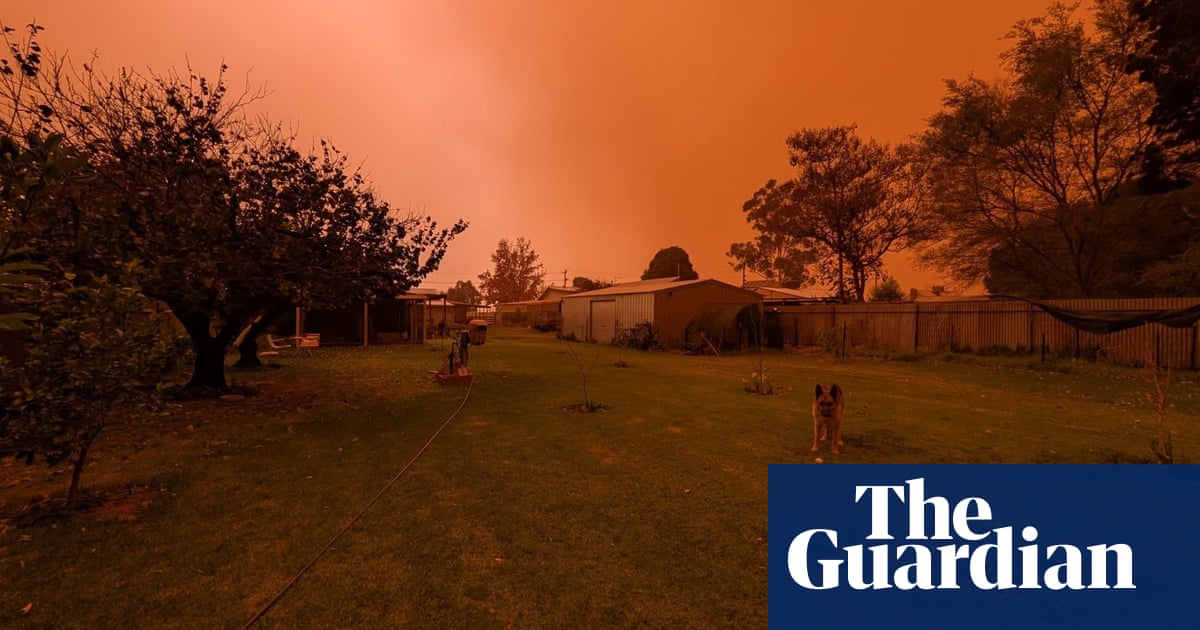Parts ofSydneyfaced “extremely poor” air quality warnings on Tuesday morning as a dust storm swept in from the east.
Sydney’s north-west and central west including Parramatta had the heaviest air pollution, with very poor air quality also observed across Sydney stretching as far south as Goulburn and as far north as Muswellbrook, according toofficial pollution monitoring stations.
Those sensitive to air pollution were advised to stay indoors and close windows and doors until air quality improved, or to travel to places with air conditioning if preferred to their homes, the state government said, as a “dust storm sweeping across NSW is impacting air quality across the state”.
The government warned there were high levels of PM10 particles, a common feature of bushfire smoke or dust storms.PM10 particleshave a diameter of 10 micrometres or less and are small enough to pass through the throat and nose and enter the lungs. Once inhaled, these particles can affect the heart and lungs and cause serious health effects.
Even those without particular sensitivities were advised to avoid outdoor physical activity if they develop symptoms such as coughing or a shortness of breath, and when indoors, to close windows and doors.
The dust storm has travelled from South Australia, where it hit the town of Orroroo on Monday, blocking out the sky and covering the area in an orange haze.
It also blanketed areas of regional Victoria on Monday afternoon, including Mildura in the state’s north-west.
The dust storms and haze affecting Australia’s south-east were forecast to clear in the afternoon, the Bureau of Meteorology said. Dean Narramore, a bureau meteorologist, said south-westerly winds would clear out the dust haze affecting Sydney and surrounds in the next few hours.
“It’s just lingering on the east coast in the next couple of hours, and then it’s going to be all gone by this afternoon,” he said.
Dust also swept through Melbourne, Canberra and surrounding regions early Tuesday morning after strong winds kicked up a haze out of drought-affected areas in South Australia and Victoria’s west, Narramore said.
He said those conditions have since eased but heavy and possibly damaging winds are still set to impact parts of south-west NSW.
The BoM said dry conditions and strong winds caused the large dust clouds to form, leading to poor visibility and bad driving conditions that prompted some road closures.
